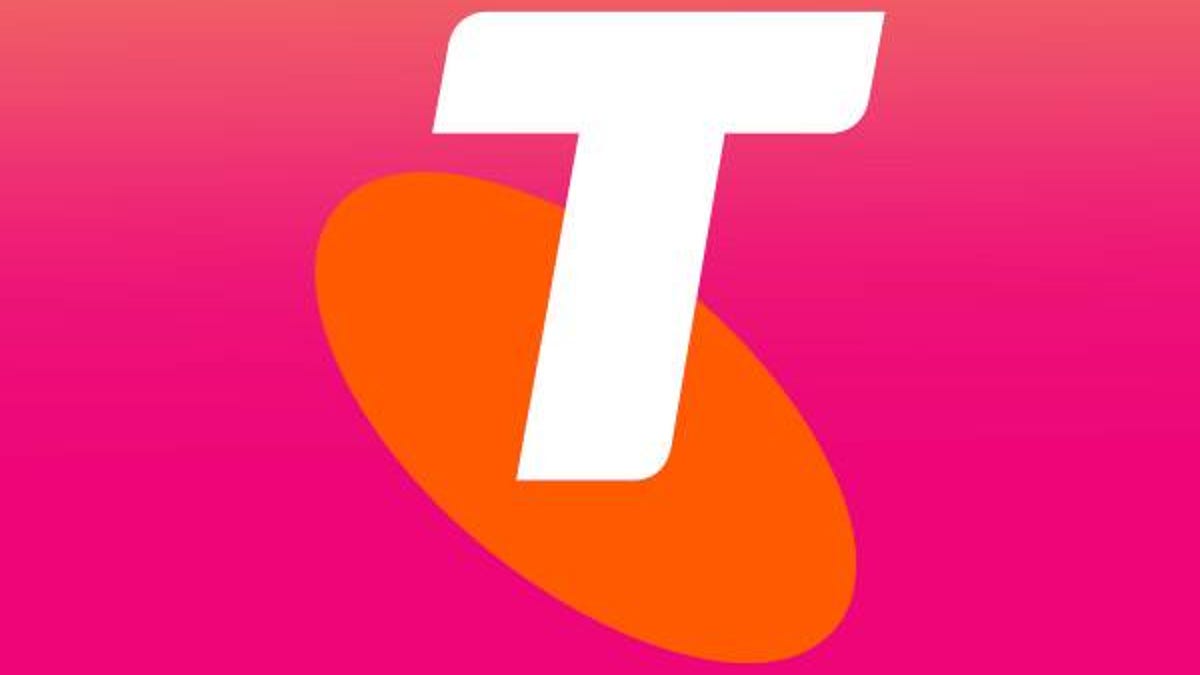Telstra offers to refund 42,000 NBN customers over poor speeds
Tens of thousands of customers were sold high speeds, despite not being able to get these speeds in the real world thanks to the limitations of FTTN.

Telstra will now have to compensate 42,000 customers after offering high speed NBN plans that failed to deliver the promised speeds.
The ACCC revealed Wednesday that Telstra sold advertised speeds to its customers, including its 100Mbps "Super Fast Speed Boost" plan, despite the fact that some of these customers had no way of getting these speeds in the real world. According to the ACCC, that was thanks to limitations with the fibre to the node (FTTN) and fibre to the building (FTTB) technology being used at particular premises.
Telstra will now offer the affected customers remedies including refunds, the option to change plans or to exit their contract without paying a fee.
Telstra is Australia's biggest reseller of the NBN across every technology except satellite, with roughly double the customers of its nearest competitors, TPG. While the telco says the 42,000 customers affected represents only 5 percent of its total NBN customer base, it's still a blow for Telstra at a time when faith in the NBN is flagging.
According to figures out October from the Telecommunications Industry Ombudsman, complaints about the NBN were up 159 percent this year compared to 2016. Australians are having issues connecting, speeds and getting faults fixed.
And those 42,000 Telstra customers are among the Australians who've been less than happy with switching to the NBN.
"Our investigation revealed many of Telstra's FTTN and FTTB customers could not receive the maximum speed of their plan. Even worse, many of these customers could not receive the maximum speed of a lower-speed plan," said ACCC Chairman Rod Sims.
"In essence, people were paying more to get higher speeds that they just weren't able to get."
Telstra says the majority of its customers "have a service that can deliver the speeds of the plan they've chosen," but says it will now get in touch with a "small group" of customers who were left short. A spokesperson for the telco also told CNET that the issue is purely related to the wholesale technology (e.g. FTTN) not its purchasing of bandwidth.
Telstra says it has changed its marketing and will now advertise plans based on the speed tier labelling that ACCC recommends (PDF) -- namely the speeds customers can expect at peak evening times, and the disclosure that FTTN customers may not get these speeds.
In a comment to CNET, NBN said it provides ISPs estimated attainable line speeds before customers are connected to the network and then offers weekly reports on wholesale speeds available once customers are connected. From there, NBN said it was "up to retail service providers to sell appropriate plans to their customers based on the speed their lines can achieve."
Who wins as we switch to NBN?
The Telstra case is the sign of a broader shift around issues with the NBN. As more customers connect to the network, ISPs, NBN and the government will all face scrutiny from a public that has been sold the dream of fast broadband, but could well face a different reality when they get connected.
Successive governments have politicised the much-needed infrastructure project, with the current government saying its "multi-technology" network is capable of delivering high speeds. But the resentment over a switch to copper is still palpable.
NBN says it's working with the technology hand it's been dealt, saying a mixed fibre-copper network can support high speeds if telcos buy enough bandwidth.
But some Telcos say NBN's pricing model (which includes the so-called CVC bandwidth charge) is broken. Others, like Telstra, say they're buying enough bandwidth to stop their customers experiencing bottlenecks and that it's impossible to know what speeds customers will get based on the technology in their area before they're connected.
The only losers are Australians, who have no choice but to switch to NBN as legacy networks are retired. These customers face increasing confusion over just where the problem lies when speeds slow to a crawl.
Update at 3:13 p.m. AEDT: Adds comment from NBN.
Virtual reality 101: CNET tells you everything you need to know about VR.
CNET Magazine: Check out a sample of the stories in CNET's newsstand edition.

